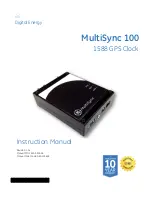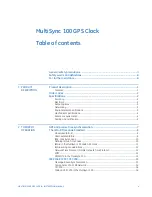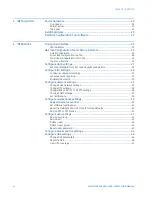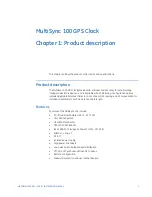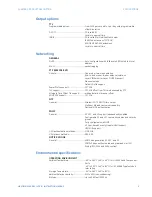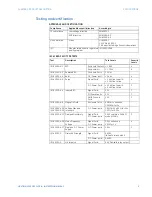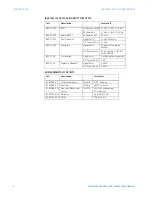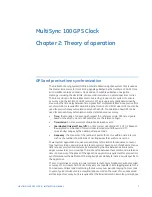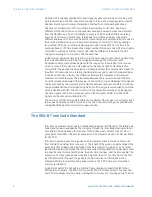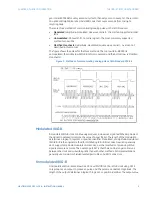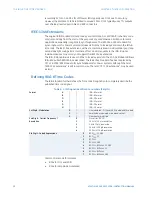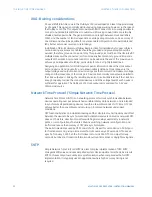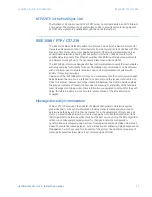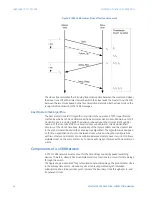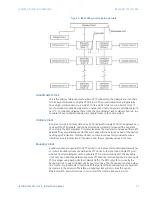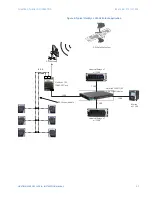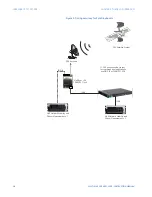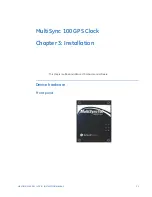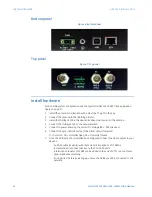
MULTISYNC 100 GPS CLOCK – INSTRUCTION MANUAL
7
MultiSync 100 GPS Clock
Chapter 2: Theory of operation
Theory of operation
GPS and precise time synchronization
The Global Positioning System (GPS) is a satellite-based navigation system that is used as
the master time source for clock timing signals published by the MultiSync 100 GPS Clock.
Each satellite contains an atomic clock, and each satellite publishes a navigation
message, including the clock time, at six second intervals via a spread spectrum carrier.
The atomic clocks in GPS satellites are monitored by ground control systems to ensure
accuracy, and the location of a GPS receiver on the ground is essentially determined by
measuring the time delay between time signals from multiple satellites. Since precise time
synchronization is required for determining the location of a GPS receiver, GPS can also be
used for precise time synchronization around the Earth. To understand how GPS can be
used for precise time synchronization, some definitions are necessary.
•
Time
- the marking of an event with respect to a reference origin. GPS time signals,
based on the atomic clock in GPS satellites, are the reference origin.
•
Time interval
- a measurement of duration between events.
•
Coordinated Universal Time (UTC)
- a time system adopted in 1972. UTC is based on
the weighted combination of atomic clocks located around the world. UTC
occasionally changes by the addition of leap seconds.
•
Frequency
- the measure of the number of events that occur within a time interval,
such as the number of oscillations of a voltage waveform within one second
Power system applications require precise time synchronization for sequences of event
logs, fault recordings, and wide area protection systems based on synchrophasors. Precise
time requires precise time intervals, as measured by the time between periodic pulse
edges or waveform zero-crossings. The relationship between these marks and a reference
time is a measure of the phase of the signal. One application requirement for precise time
synchronization is the definition of the required phase stability for time intervals specific to
the application.
The most restrictive accuracy in power systems is that of synchrophasors, with a required
accuracy of 1 microsecond. GPS clock receivers are capable of time tagging events to the
100-nanosecond level and maintaining that accuracy over periods ranging from seconds
to years. Typical small pulse-to-pulse jitter (phase noise) on the order of one nanosecond
will not impact accuracy, but it is required that the time intervals maintain long-term phase

